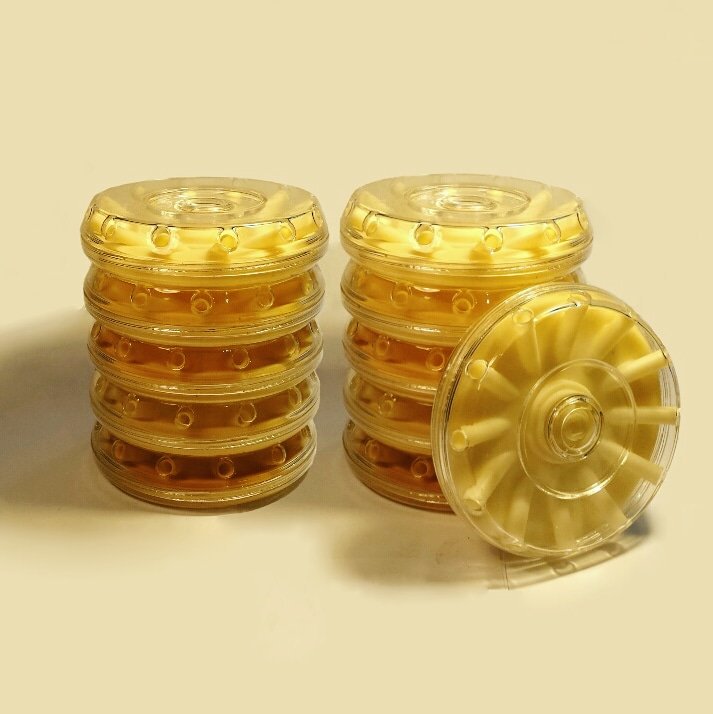I understand about the non rechargeable aspect and the need for recycling them. As for self discharging, does anyone yet know the rate of discharge or the lifetime of a
battery? I read that this
battery could power a car for a 1000 miles or so, I assume that would decrease with
battery age but at what rate?
Nobody can tell you that yet, unless and until a commercial product is made, and has been proven. AFAIK they are still at the research stage.
The tiny zinc air batteries that I use last a couple of weeks as soon as the seal is removed, whether or not any current is taken from them. I'm sure that a
battery big enough to power an EV for 1000 miles would have to do much better than that.
Making aluminium from bauxite is a very energy intensive process. Perhaps 15 kWh to make one kilo. Sometimes referred to as "solid electricity".
E.g. one drinks can, weighing maybe 15 grams, takes 0.225 kWh of electricity (plus the energy to mine and transport the ore). If done using renewable hydro that's perhaps not so bad. If the electricity is generated otherwise, well that's another matter.
Once made it is readily recycled in metallic form. So please recycle them.
That is part of the attraction, if the metal can be oxidised again in a cell, efficiently, there is potentially a lot of energy available in a small mass of this relatively light metal. But to complete the cycle, swap an old
battery for a new one, and turn the oxidised material back into metal is quite another matter. Energy out vs. energy in ? And where does this energy come from, renewables hopefully.
Now, If I could make a little thing that I just fed with old pop cans to keep my camper powered, that would be nice.
We don't yet really have a recycling process for worn out Lithium rechargeables, it is far cheaper just to make new ones with fresh material, though that might have to change eventually, but it will be economics that drive that.
Whereas with lead batteries the recycling chain is long established and economically viable, New batteries are made with about 50% recycled lead from old ones.
You might even like to think that putting e.g your old AA batteries into recycling bins means that they are re-processed into new ones, hence saving the planet, but that isn't necessarily what happens to them. Shops are obliged to collect them if they also sell them, but in reality it is quite uneconomic to process them.
how lithium and nickel-based batteries are recycled to minimize hazardous waste

batteryuniversity.com


